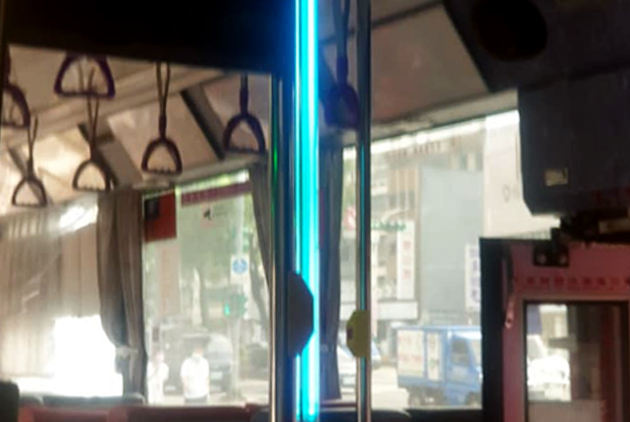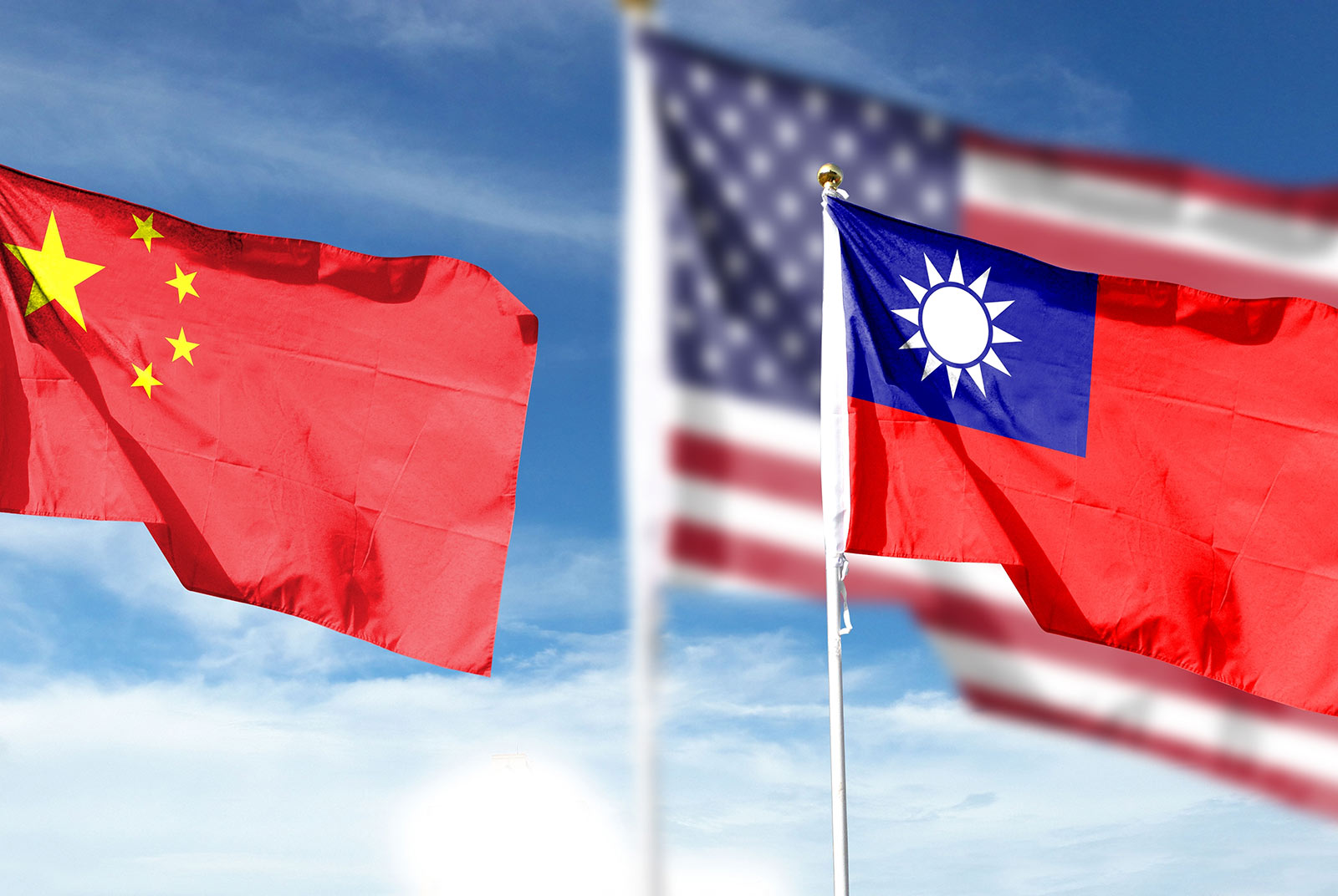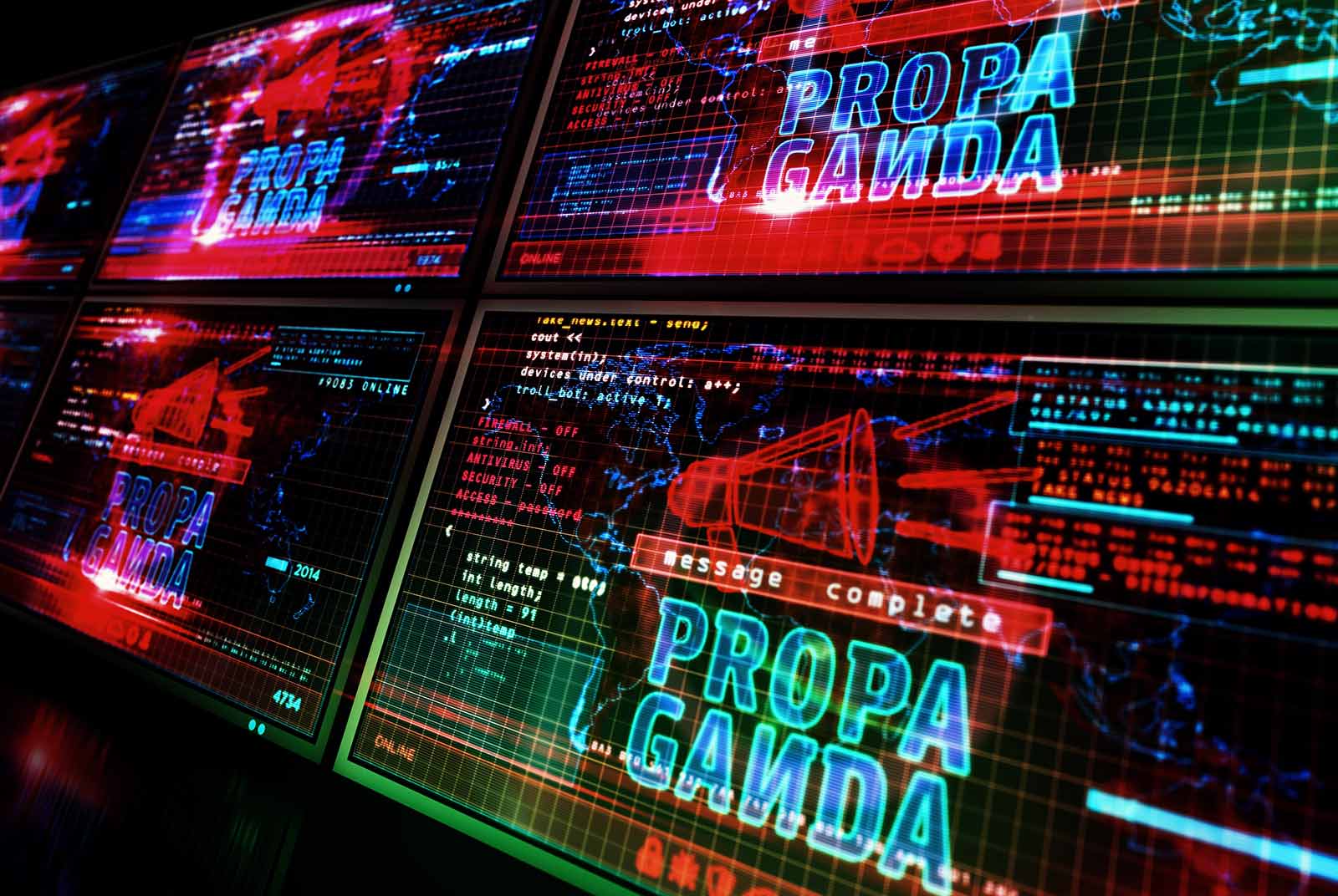How lighting helps combat climate change and pandemic

Source:Linda Lai
The covid-19 pandemic has had an enormous impact on global health and economies. Learn about how lighting can help reduce carbon emissions through horticulture and also make future workplaces much safer.
Views
How lighting helps combat climate change and pandemic
By Linda Laiweb only
♦ Updated daily |Taiwan’s Covid-19 Outbreak
2021 is a hard year for Taiwan. Few weeks ago, Taiwan was facing its worst drought in 56 years. With many of reservoirs’ water levels falling below 10%, in some dry areas, factory, business and residential water users have been asked to reduce their usage by at least 13%. And among all of them, agriculture business is supposed to be hit the hardest.
In the meantime, domestic Covid-19 outbreak in mid-May had put the country under the level 3 covid-19 alert. To cut off the virus transmission, corporations and businesses launched work from home for employees and divided workers into teams for working in the office.
This got us thinking: despite these reactive actions during a crisis, how can we proactively reduce the impact of an unexpected crisis in future?
How lighting helps in reducing carbon emission
When extreme weather conditions affect our lives, there is an urgent need to find more sustainable and effective technologies that help us address the challenges. Horticultural lighting allows for year-round cultivation of vegetable crops independent of weather conditions or season, farmers no longer need to “live at the mercy of the weather”.
According to a study, 27% of global greenhouse gas emissions come from agriculture, including direct carbon emissions from plants and fertilizers. Horticulture farming can help reduce energy, water, land, pesticide and fertilizer usage, delivery from farm to table could also reduce carbon emissions in the chain of production. Therefore, in European countries and the US, horticulture farms have become a growing trend.
How does it work?
Signify has built a track record in more than 400 projects in the horticultural lighting market since 1995, developing ways to apply lighting technology to crop farming. With cutting-edge LED innovation, the company can custom-build a science-based solution for growers providing data and plant expertise to optimize yields. In every project we are on the lookout for the optimum light recipes based on knowledge of how to use light to grow a certain crop under certain conditions.
A light recipe indicates:
- Lighting aspects: light level, spectrum, required uniformity, position and time
- Parameters for which the recipe is valid, e.g. climate conditions
- Expected results besides energy saving
Grow lights can either supplement natural daylight or replace it entirely. Using them creates a controlled farming environment, often in places previously unsuitable for growing food. This produces a wealth of benefits including the ability to fine-tune quality and increase yield.
Signify’s light recipe was built on 400 projects experiences and 26+ years study to apply lighting technology to crop farming. (Source: Linda Lai)
In Taiwan, horticulture lighting has also been introduced and implemented with excellent results. Sun Sing Garden Co. first implemented horticulture lighting in planting high profit crops like Oncidium.
Oncidium planting requires a low temperature for flower induction in the greenhouse. Through Philips GreenPower LED module and lighting formulas, Oncidium could grow healthily in cold storage. With this success, Sun Sing Garden Co also implemented this technology in growing lettuce, which Taiwan mostly relies on imports. Moreover, the lettuce grown in the greenhouse has a long growth cycle and its quality is difficult to control. With Philips GreenPower LED module, the lettuce has grown in a good appearance and good taste.
With the expansion of the vertical farm market, the plant lighting market has become more popular, and companies from all over the world have increased their layout efforts. It is estimated that the global LED plant lighting market in 2018 was about US$224 million, and will grow to US$633 million by 2022, with a compound growth rate of 30%. Philips has become the leader in the industrial plant lighting LED market.
How light can help inactive pandemic
The covid-19 pandemic has had an enormous impact on global health and economies. Medical experts and scientists are dedicated to identifying the microbicide approaches to limit the spread.
As a result, it is highly possible that the risk of human-to-human transmission may be increased through respiratory droplets within close proximity, as well as direct or indirect contact with nasal or oral secretions and body fluids of infected individuals.
Although, we still don’t fully understand the transmission routes of SARS-CoV-2, some laboratory study identified that the virus can linger on the surfaces, which indicated that under typical indoor environmental conditions, SARS-CoV-2 and other coronaviruses are expected to lose their potency within 3 days (72 hours) on common non-porous surfaces like stainless steel, plastic and glass.
Another study pointed out that covid can be transmitted via aerosols. Therefore, besides taking visitors’ and employees’ body temperatures and frequent disinfection, some government units and corporates start using UV-C radiation as a next level protection strategy to keep people safer.
UV-C radiation is a known disinfectant for air, water and surfaces that helps mitigate the risk of infection and has been used for decades. It is invisible to the eye and is found effective in breaking down bacterias and viruses, including various coronaviruses, within the 100-280 nm range.
 Portable UV-C trolleys are used in daily disinfection on shuttle buses. (Source: Linda Lai)
Portable UV-C trolleys are used in daily disinfection on shuttle buses. (Source: Linda Lai)
With the pandemic rising in Taiwan, Taipei City Volunteer Fire Brigade uses portable UV-C trolleys for their daily disinfection of shuttle buses. Taoyuan city government is another case. In their offices, where thousands of documents are exchanged among offices per day, papers are potential transmission routes for bacterias and viruses. To minimize the risk and protect their staff, Taoyuan City Government uses UV-C chambers in mail rooms for disinfection of the paper surfaces.
Lighting technology has been part of human history for over a century and we have continued to discover and innovate. From indoor lighting, horticulture / aquaculture lighting to UV-C and Lifi, we can see the wide range of applications in different industries. With continued progress, human life and the world will become be safer, more comfortable, and better.
About the author:

Linda Lai is the Marketing Assistant Manager in Signify with experiences in electrical distribution, manufacturing automation and smart and IoT solutions. Signify, formerly known as Philips Lighting, is a world leader in lighting for consumer, professional and IoT.
Have you read?
♦ How Taiwan office can limit business risks post-pandemic
♦ Updated daily |Taiwan’s Covid-19 Outbreak
Uploaded by Penny Chiang






